This website uses cookies so that we can provide you with the best user experience possible. Cookie information is stored in your browser and performs functions such as recognising you when you return to our website and helping our team to understand which sections of the website you find most interesting and useful.
These are the young designers ready to create a “better tomorrow” with their prototypes
By Michelle Johnson | 6 August 2019 | Culture, Lifestyle
Tempus heads to Milan to meet the Lexus Design Award finalists set to change the world
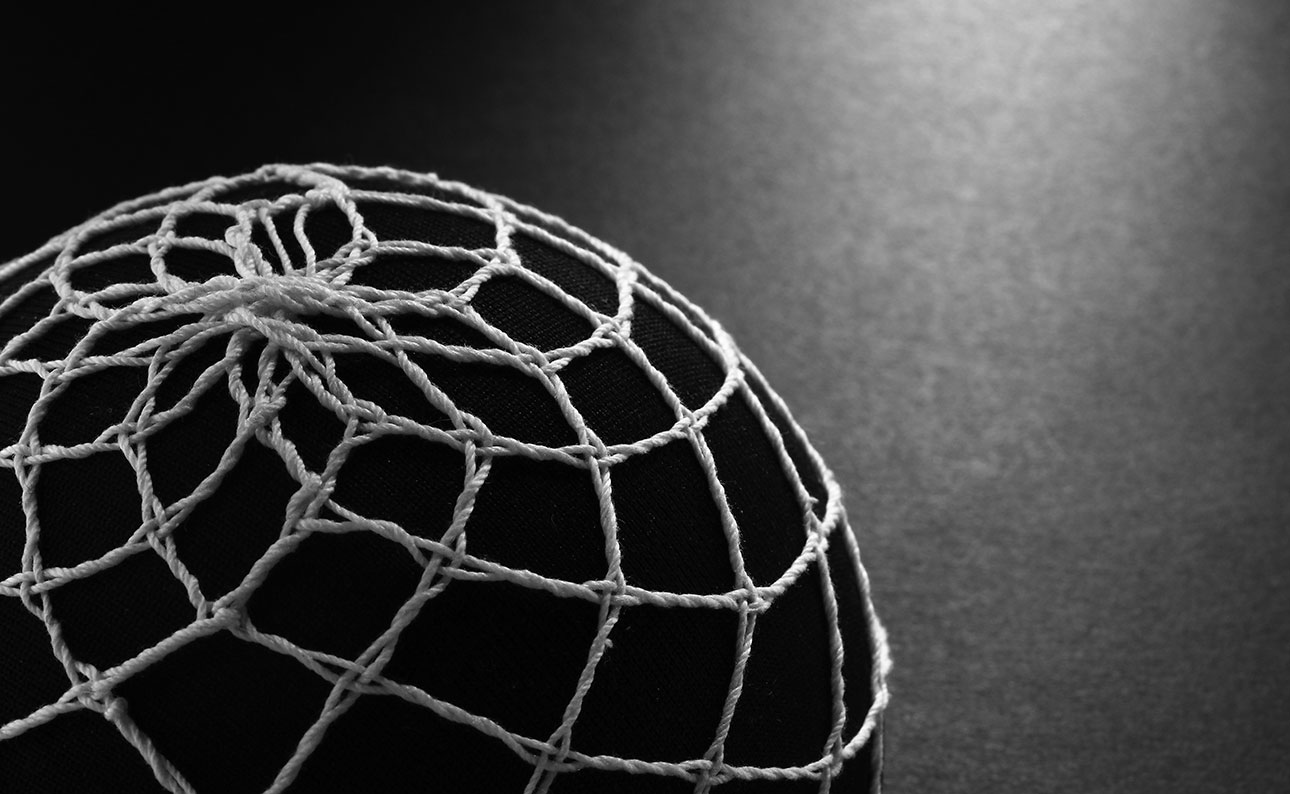
The Lexus Design Awards
Milan Design Week is far more than a furniture fair. As the interior design world descends upon the northern Italian city each April to delve into future trends, luxury automotive brand Lexus has its eyes on a very different prize. First launched in 2013, the Lexus Design Award is the brainchild of brand president Yoshihiro Sawa, supporting his mission to find tomorrow’s creative superstars. Of the thousands who enter the competition globally, just a handful of finalists are invited by the award’s expert judges to showcase their innovations at the Leading with Light event.
British architect Sir David Adjaye, MOMA senior curator Paola Antonelli and John Maeda, global head of design at web design powerhouse Automattic, presided over this year’s provocative theme, Design for a Better Tomorrow. Demanding transformative solutions to world problems, the judges asked entrants to “anticipate, innovate and captivate”.
As Lexus’ future design icons showcase their prototypes, Tempus finds out what the future holds for these ground-breaking advancements. >>
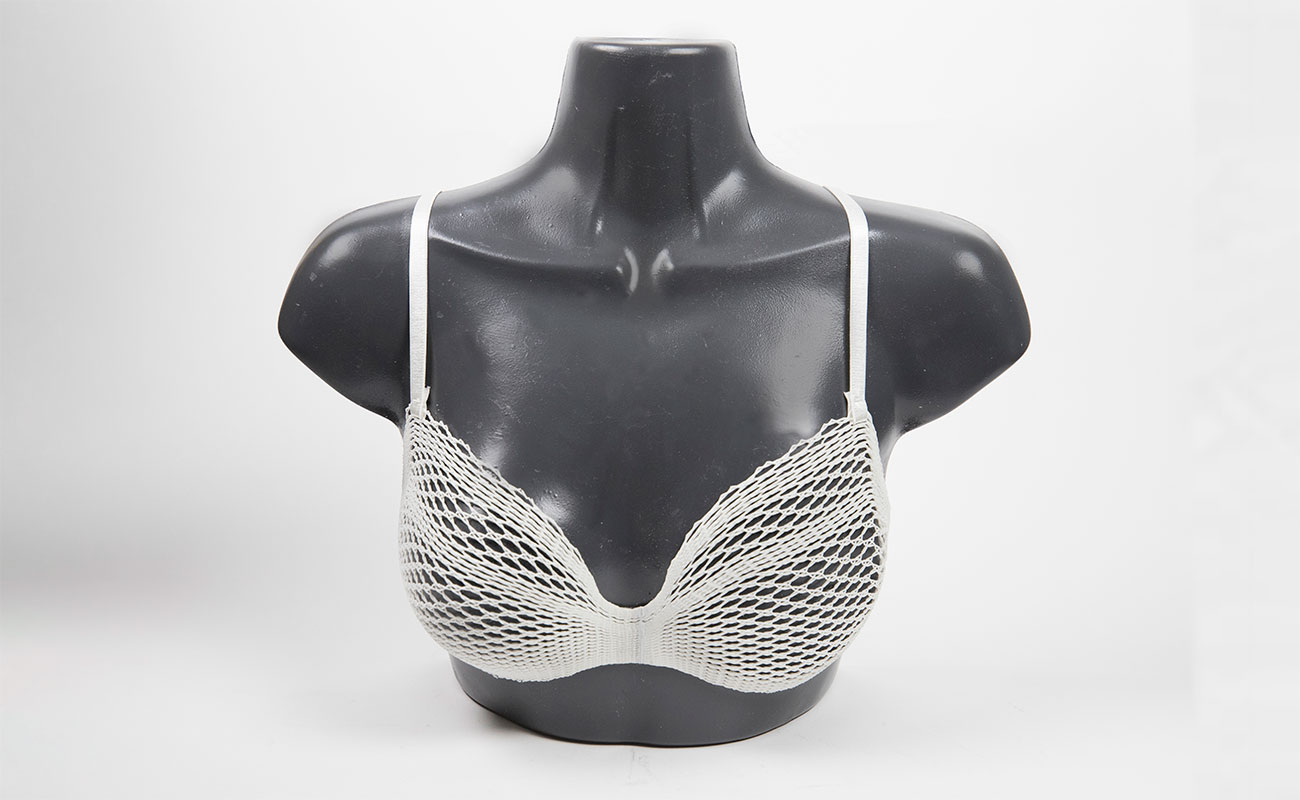
Lisa Marks | Algorithmic Lace
Awarded Lexus’ Grand Prix Winner trophy for her groundbreaking post-mastectomy lingerie, US-born designer, entrepreneur and educator Lisa Marks’ Algorithmic Lace brings together the ancient art of hand-crafted lace and advanced three-dimensional computer modelling.
“Algorithmic lace uses mathematic computation and CNC machinery [a manufacturing process in which pre-programmed computer software dictates the movement of factory tools and machinery], and combines that with traditional handcrafting to create a three-dimensional, seamless lace,” she explains. “The Lexus Design Award has been a really exciting process. It’s a unique programme because the real work begins once you win.”
Marks saw how the benefits of her material – seamless and comfortable, visually beautiful and adaptable to asymmetrical forms – could be applied to mastectomy lingerie. “You can wear prosthetics, but there aren’t any bras specifically designed to fit your form and be super comfortable,” she says. “Algorithmic lace has a tighter gathering of stitches underneath the breast, which provides support while creating the illusion of fullness in the breast,” she says. “There are no seams or underwires, because it’s too uncomfortable on sensitive scar tissue following surgery.”
Judges agreed that Marks’ prototype, which creates the illusion of evenness and fullness in the bust after surgery, showcases a design that “contributes to a better tomorrow and passion for human-centricity in the midst of evolution.”
For Marks, mastectomy bras are just the start for algorithmic lace. “It’s important to me to have a social impact,” she says. “Lace has such a long history as a material for intimate clothing, and we’re at an important time when it comes to self-acceptance and understanding. I’d also love to see what applications could look like for trans* people. Algorithmic lace is a way to, I hope, give a little confidence back.” >>
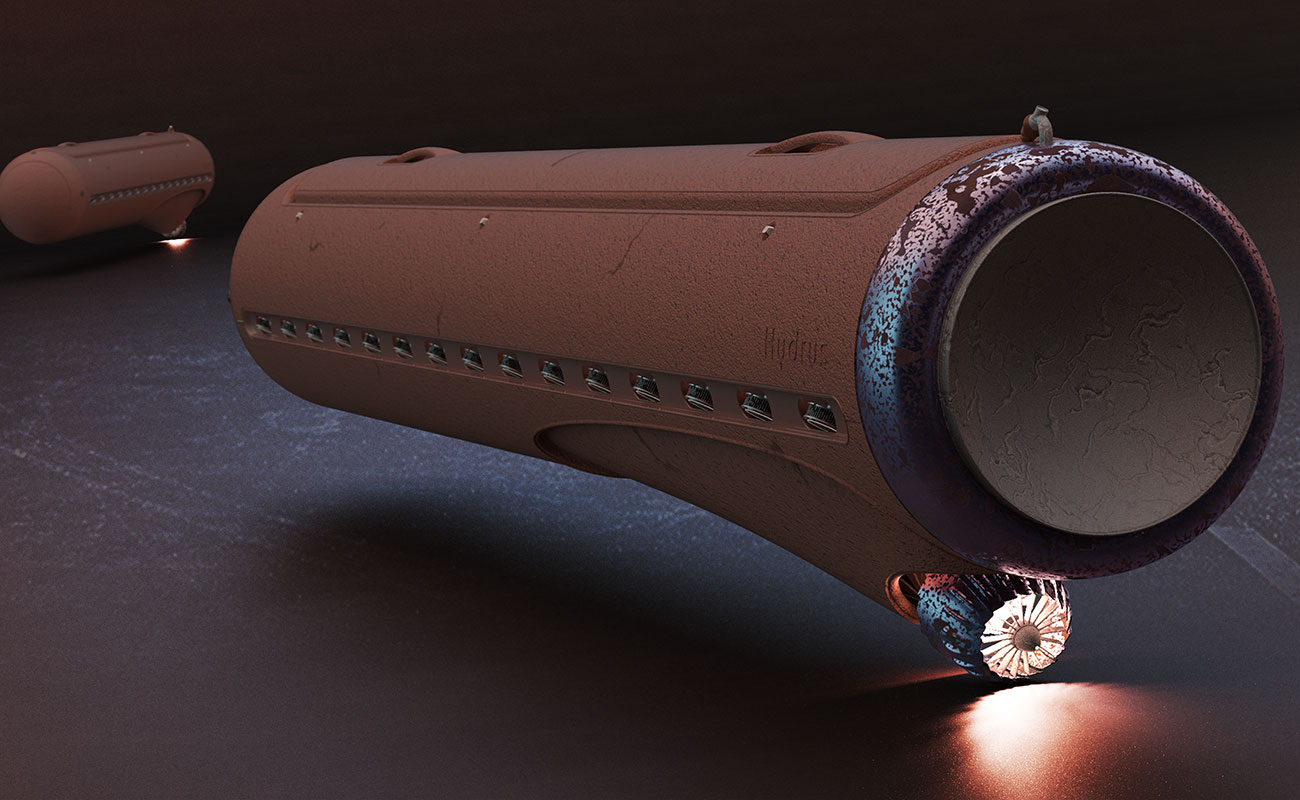
Shuzhan Yuan | Hydrus
Shuzhan Yuan, 22, was inspired to create Hydrus, an emergency treatment equipment for offshore oil spills, in 2010. “I experienced an oil spill while on holiday with my family. While visiting Dalian, China – a very beautiful coastal city – an oil truck exploded in the port,” he says. “I still remember the alarms going off all night, everyone was worried to leave the hotel; it was terrible. On the second day, the ocean was covered by a heavy oil and there was a disgusting smell in the air.”
Fast forward to 2019, Yuan has graduated from China’s prestigious Xiamen University of Technology as a product designer with Hydrus as his thesis project. “When I started at university, my aim for Hydrus was to create the easiest process to clean up ocean oil spills,” he says. “The most important thing for me is to use Hydrus to raise awareness and encourage people to deal with this environmental problem.”
Yuan wowed Lexus’ judges with the simplicity and elegance of his concept. “The technology is not actually very complicated. Usually oil skimmers are very big, but in Hydrus the size is only about 2.4 metres. I applied about 30 of these small skimmers to its main body to separate water and oil, and the denser oil gets absorbed back into the internal oil tank as they rotate.
“We’re only at the beginning of the project,” he says. “My next step is to concentrate on the engineering for my masters degree. Can the driving system propel Hydrus smoothly? Can the skimmer work very well on the sea? How quickly and efficiently can it absorb oil back into the tank? This is what we’ll face next.” >>
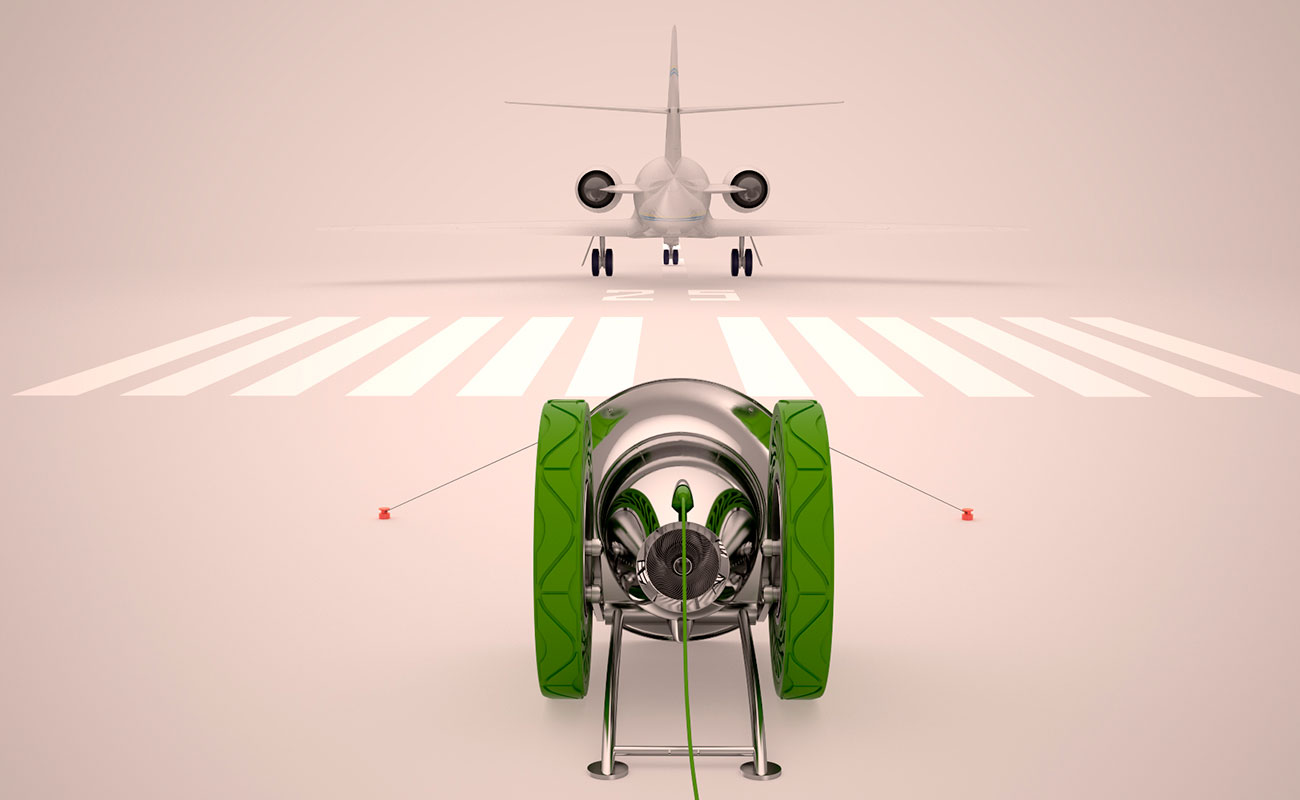
Dmitriy Balashov | Green Blast Energy
It’s not often that jet engines are linked with sustainable energy, but for Russian industrial designer Dmitriy Balashov there’s a surprising correlation in the form of wind power. His company, Green Blast Energy, makes it possible to collect energy from aircraft jet blasts and convert it into new electric energy – and with major transports hubs such as London’s Heathrow Airport seeing a plane take off almost every minute, this is an abundant resource.
“Green Blast is, essentially, a wind turbine which captures the phenomenon of cold jet blasts and transforms this energy into usable electric energy,” he explains. “When an aeroplane takes off, the energy it puts out is completely wasted. It’s just like an artificial hurricane, which gave me the idea to capture and transform part of this energy exactly the way we capture wind energy.”
Balashov hopes the energy raised by the technology will power nearby buildings, ultimately leading to self-sustainable airports in major cities around the world.
“I often think about the energy problems that we are facing every day,” he says. “We use the energy that we get very inefficiently, in a way that’s harmful to nature. But I hope this could lead to great changes. It may also help travellers, since reducing the energy costs of airports overall could even reflect on passenger costs.” >>
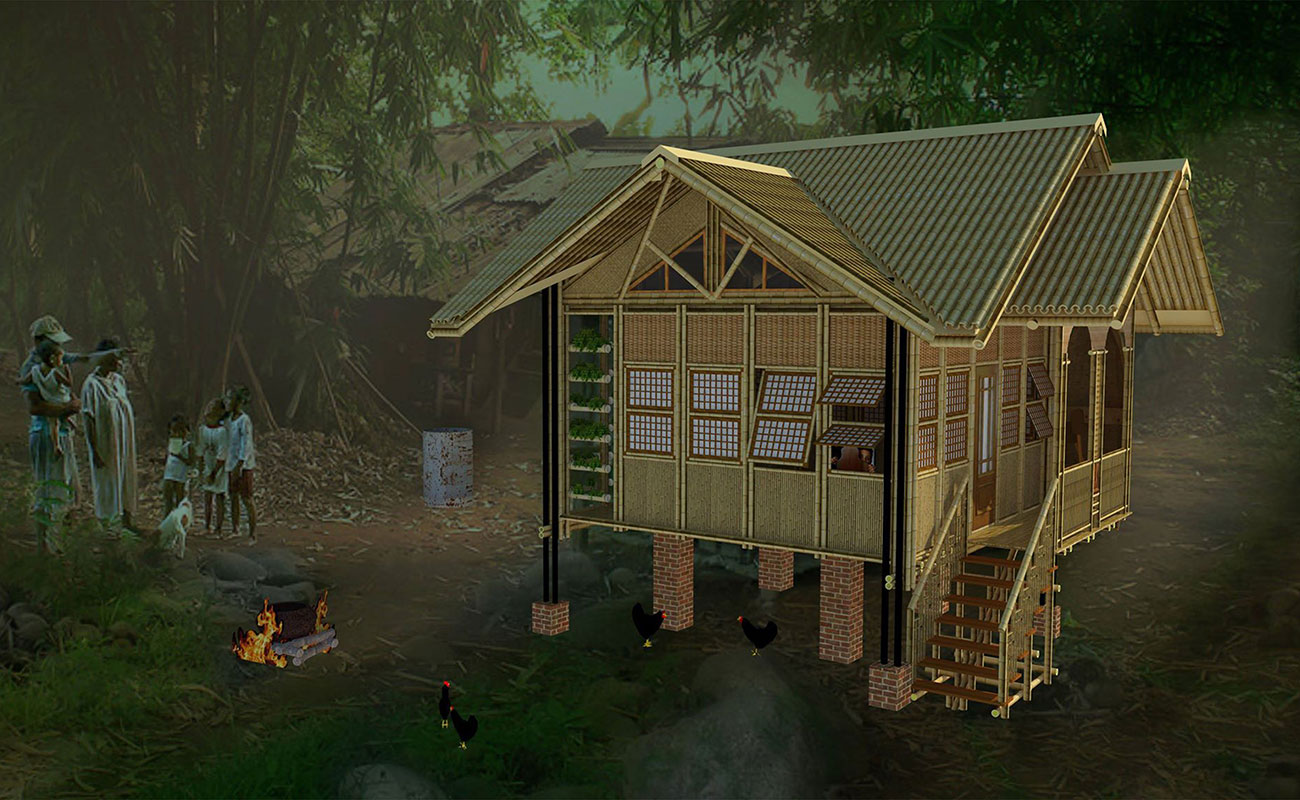
Jeffrey E Dela Cruz | Baluto
For Jeffrey E Dela Cruz, creator of Baluto, the project was personal. An architecture graduate from Saint Louis University in Baguio City, Philippines, Dela Cruz aimed to create “amphibious housing” designed to tackle crucial economic, environmental and social issues in his hometown – all caused by flooding.
“The goal of my project is to provide dwellings that can survive properly in both dry season and deep floods,” he says. “In my community, flooding is very prevalent. It can happen five or six times a year, and there are so many homes affected. Many families have to seek refuge in evacuation centres, though many more risk their safety because they want to stay with their property.
Baluto houses are ‘land houses’ that can withstand a sudden rise in floodwater levels, and are designed to incorporate Filipino architectural designs and forms, materials and construction.
“After researching and speaking to local people I realised I needed to begin with the lowest-lying areas of terrain and discover the data for myself,” Dela Cruz says. “The other challenge I had was the materials – we need the houses to be very lightweight and able to float. I have experienced flooding many times and know how dangerous it can be.” >>
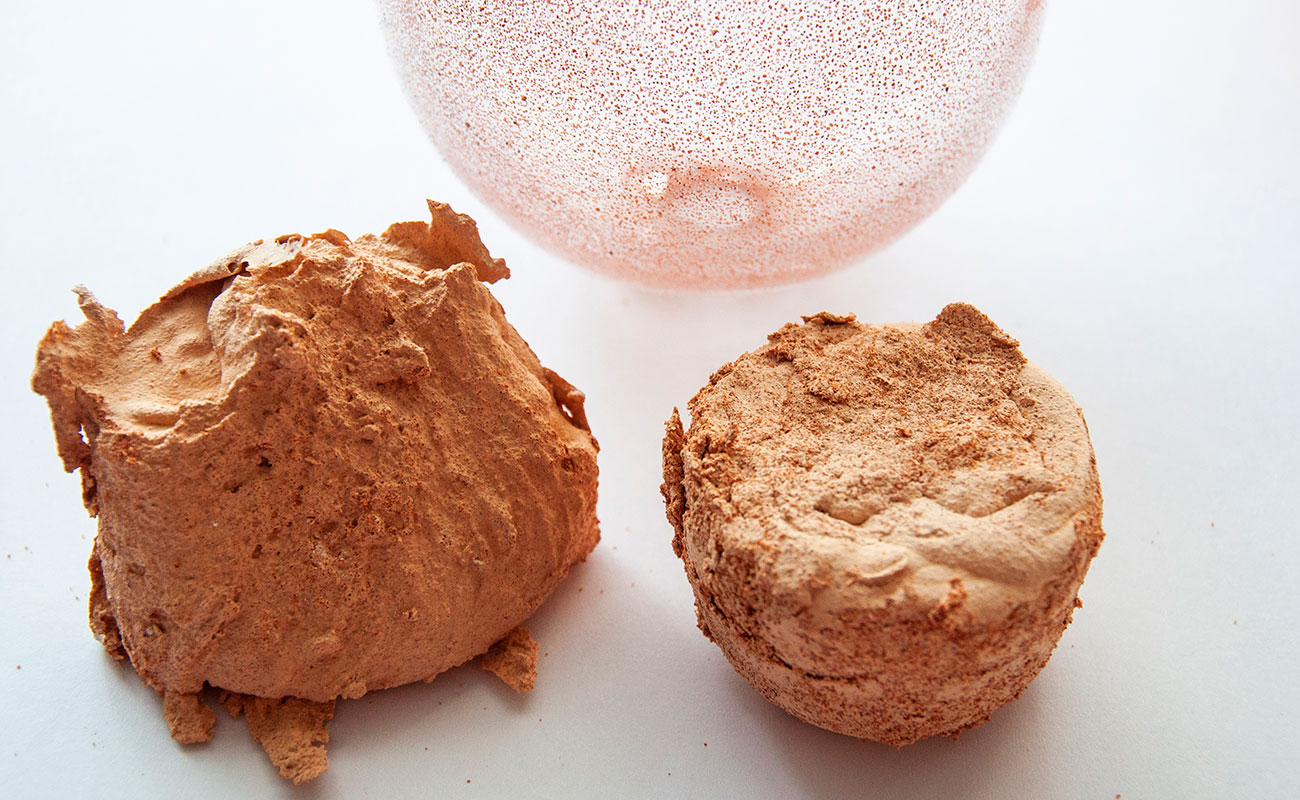
Rezzan Hasoglu | Arenophile
Since graduating from London’s Royal College of Art, Turkish designer Rezzan Hasoglu, 29, has focused on finding a new purpose for desert sand – a naturally abundant material that, she says, is wildly underused.
“A third of the Earth’s land mass is desert sand but we are only using a tiny portion of it due to the fact that its rough grains are more difficult to bind than water- formed beach sand,” says Hasoglu, who founded Studio Sahil in London to showcase the “endless possibilities” of the material. “But people are waking up to the fact that desert sand is so abundant and inexpensive to use.”
Convinced that the sheer volume of available sand offsets its traditionally costly production, Hasoglu hopes that her sculptural Arenophile project will inspired larger structures in the future.
“I hope to experiment further. Abu Dhabi sand has thermal benefits, and I expect we can use desert sand to create a new kind of glass. Another next step is to scale up and make larger structural and architectural projects.”
For Hasoglu, the Lexus Design Award was a chance to match design with meaningful experimentation. “I think people are now realising on a bigger scale that we need to look for sustainable resources,” she says. “It’s been an amazing opportunity to explore one option.” >>
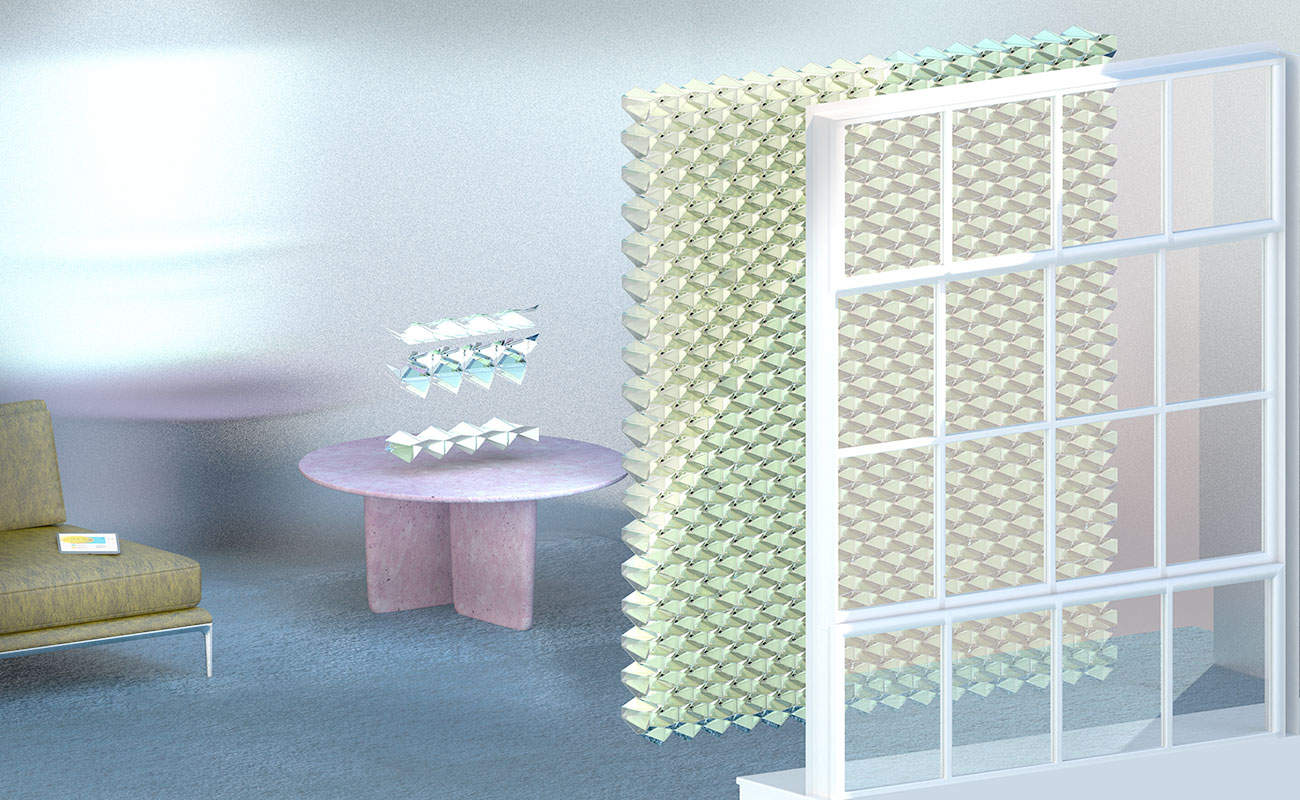
Ben Berwick | Solgami
Combining solar power technology and origami- inspired design, Solgami is the multipurpose creation of Ben Berwick’s architectural start-up Prevalent.
“Solgami is an origami window blind that creates solar energy,” the Australian architect says. “The initial idea started about four years ago when I was at University of Tokyo and then, when I founded Prevalent, we kept going from there – and we’re finally at a stage where we can produce.”
Berwick’s window blinds are truly multipurpose, providing privacy, generating electricity and internal illumination, or helping residents connect to their external environments through the geometric designs.
“It’s very much form follows function. The geometry is completely performative and based on how sunlight reaches your window, but the design elements mean you can change the colour, reflectivity and even make the blinds seem to disappear in your window,” he says.
Berwick, who now teaches at the University of Sydney, say he was inspired by modern architectural movements. “As an architect, I want to combat the trend where buildings are getting darker. Buildings are developed using a formula or code of construction techniques – which makes complete sense – but then how do we make those spaces better for people?
“Solgami comes in by providing sustainable electricity and attracting more natural light into our homes,” he says. “We’re all about using technology to enhance the natural environment. It’s social architecture – a small intervention that could have a huge impact.”
Find out more in the Tempus Design Edition, available to read online now







